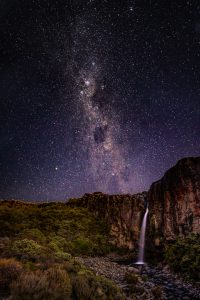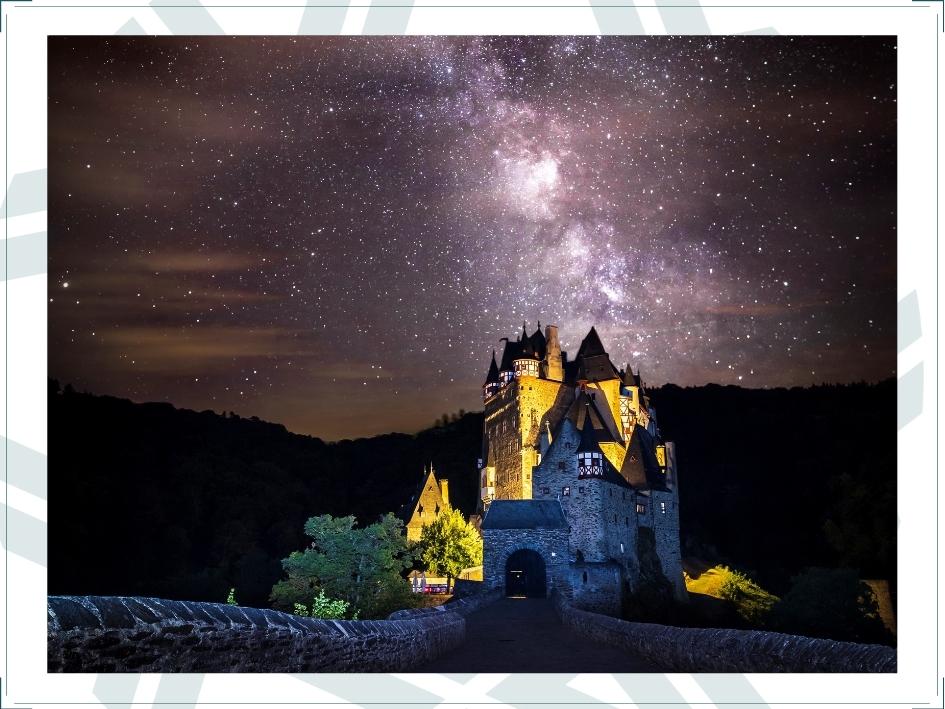Photographing the stars
In the Netherlands we are not so topographically blessed to photograph the starry sky, but of course it is possible! In any case, it is a wonderful sensation!
Timing is key. We need a new moon (the light from the moon gives too much light pollution so we can't see the stars well) and clear skies. So no clouds. If those conditions are right...on your way!
Photographing stars is a different sport. You have to deal with the rotation of the earth, so you can not use too slow shutter speeds. A slow shutter speed will cause a star to change into a line due to the rotation of the earth. The following formula works:
500 / (focal length x crop factor) = maximum exposure time in seconds.
Example: fullframe body / 24mm lens = 500/24 = 20 seconds shutter speed. Not a fullframe? Multiply your crop factor (1.5x) by 20 seconds.
To get the stars visible you want to use as open an aperture as possible, for example f 2.8 or f 1.4. Also, increase your ISO value. Test this on the spot how much ISO you need. Normal values are between 1200 and 3200.
See if you can create a nice foreground. If necessary, light it a little with a flashlight to make it visible. Possibly take two pictures that you later join together. This can be in panorama to get both your foreground and sky in the picture. But it can also be done by blending to get the right exposure between foreground and stars.
 Star trails / star circles
Star trails / star circles
The rotation of the earth combined with slow shutter speeds creates a creative effect. The stars then turn into stripes! Also called star trails. The longer the shutter speed, the longer those stripes will become. If you are going to photograph star trails, you may want to keep your ISO low to avoid noise as much as possible.
You can use your BULB function to take one long shot of 30 minutes or longer to generate beautiful streaks.
You can also take several shots and merge them later in post-processing. The number of shots should certainly be around 100, which you later merge. Shutter speeds of 30 seconds to a minute per exposure are recommended.
Other tips:
- Always photograph on a tripod
- Focus manually
- Turn off the image stabilization on your lens
- Use a remote control or the camera's self-tim
- Set your interval timer if your camera has it. Do include the processing time of the recording. Every camera has a processing time after taking a slow shutter speed shot. Set your interval so that your camera has time to process the shot.
Want to learn photography or brush up on your own photography skills?
Sign up for one of the many workshops!
Till clicks!







